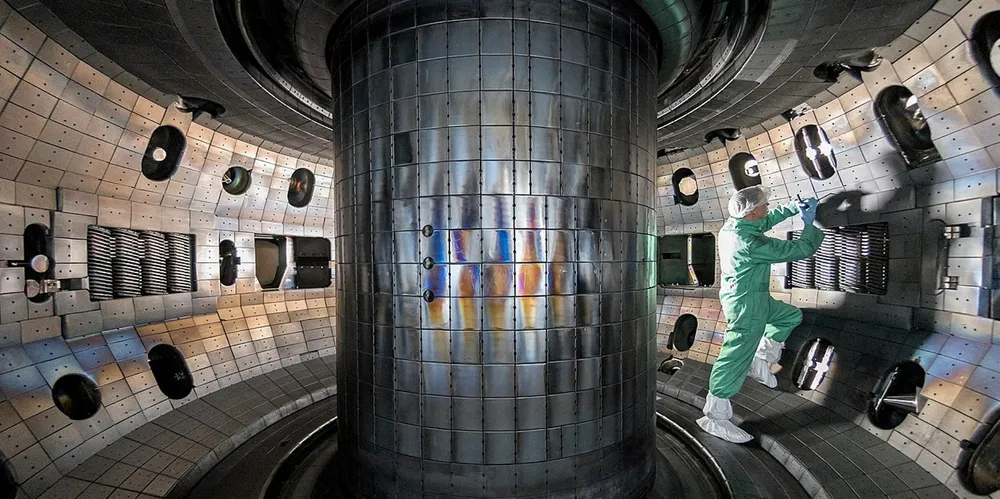‘Uncharted territory’: Dual fusion breakthrough in generating denser and safer plasma
US team claims to have overcome one of the ‘great challenges’ for the fusion community

US team claims to have overcome one of the ‘great challenges’ for the fusion community
